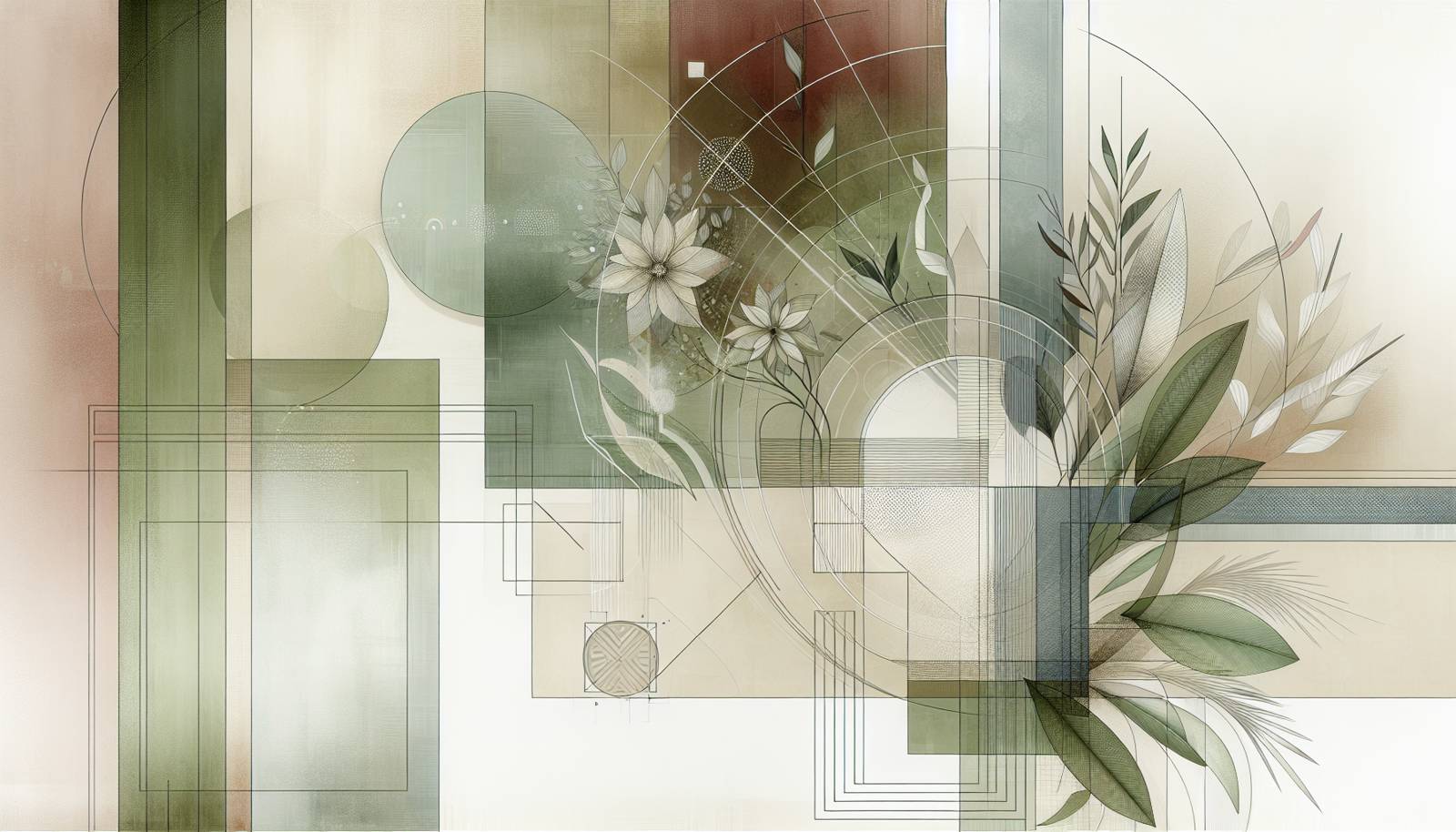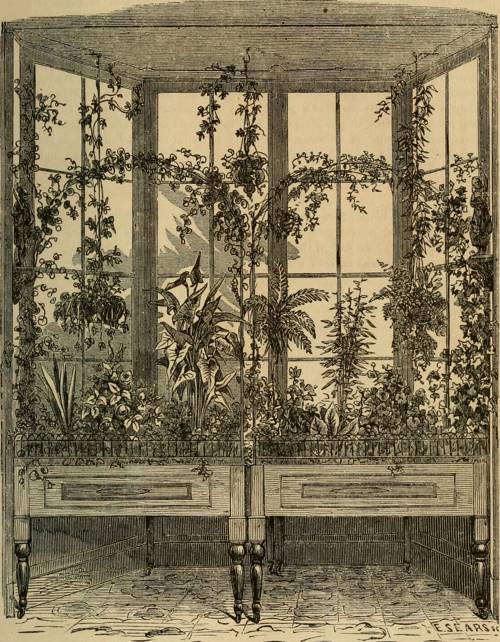
FAQ About Indoor Plant Lighting Fixture Comparison

What types of indoor lighting fixtures are available for plant growth?
There are several types of indoor lighting fixtures designed for plant growth, including fluorescent lights, LED lights, high-intensity discharge (HID) lights, and incandescent lights. Fluorescent lights are great for seedlings and low-light plants. LED lights are energy-efficient and suitable for all growth stages. HID lights, such as metal halide (MH) and high-pressure sodium (HPS), are powerful options often used in professional settings. Incandescent lights are not commonly used due to their inefficiency and heat output.

How do LED grow lights benefit indoor plants?
LED grow lights are highly beneficial for indoor plants because they provide a full spectrum of light that mimics natural sunlight, which is essential for photosynthesis. They are energy-efficient, have a long lifespan, and produce less heat compared to other bulb types, which reduces the risk of plant damage due to overheating. Additionally, LED grow lights can be adjusted to emit different wavelengths of light suitable for various plant growth stages, from seedling to flowering.

What is the difference between full spectrum and tunable spectrum grow lights?
Full spectrum grow lights are designed to emit light that covers the entire spectrum of sunlight, providing a balanced range of wavelengths that plants need throughout all growth phases. Tunable spectrum grow lights, on the other hand, allow users to adjust the ratio of different wavelengths to better suit specific growth stages of the plant. This can be particularly beneficial for optimizing conditions for particular crops or adjusting to seasonal changes indoors.

How does light spectrum affect plant growth?
Light spectrum plays a crucial role in plant growth. Blue light (400-500 nm) is important for vegetative growth as it encourages healthy leaf development. Red light (600-700 nm) promotes flowering and fruiting. An appropriate mix of blue and red light is essential to support different stages of a plant's growth cycle effectively. Some advanced lighting fixtures also provide ultraviolet (UV) and infrared (IR) light, which can influence flowering and biochemical properties in plants.

What considerations should be made when choosing a lighting fixture for houseplants?
When choosing a lighting fixture for houseplants, consider factors such as the light spectrum, intensity, energy efficiency, and heat emission. The fixture should provide the correct spectrum for the plant's growth stage and adequate intensity without excessive heat. Additionally, energy-efficient options like LED lights can reduce electricity costs. It's also important to match the fixture's light output (measured in lumens or foot-candles) to the plants' needs for optimal growth.

Are fluorescent grow lights suitable for all types of indoor plants?
Fluorescent grow lights are suitable for many types of indoor plants, particularly those that thrive in lower light conditions, such as herbs, leafy greens, and seedlings. However, they may not provide sufficient intensity for high-light plants like tomatoes or other flowering and fruiting plants. It's important to position fluorescent lights close to the plants to maximize their effectiveness and support healthy growth.

What is the lifespan of LED grow lights compared to other types?
LED grow lights generally have a longer lifespan compared to other types of grow lights. On average, LED lights can last between 50,000 to 100,000 hours, depending on usage and quality, whereas fluorescent lights typically last between 20,000 to 30,000 hours, and HID lights last about 10,000 to 24,000 hours. This extended lifespan makes LEDs a cost-effective and low-maintenance option over time.

Is it possible for indoor lighting to replace natural sunlight completely for plants?
While indoor lighting cannot replace the complex qualities of natural sunlight entirely, advanced grow lights can closely mimic natural conditions to support healthy plant growth indoors. For many plants, especially those bred for indoor environments, high-quality grow lights can provide sufficient light for photosynthesis throughout all growth stages. However, achieving optimal results requires careful selection and positioning of the lighting fixtures to meet specific plant needs.

Why are high-intensity discharge lights not recommended for small indoor gardens?
High-Intensity Discharge (HID) lights, such as metal halide and high-pressure sodium lights, are powerful and produce strong light output ideal for large spaces and commercial settings. However, they generate significant amounts of heat, requiring proper ventilation and potentially leading to heat stress in small indoor gardens. They are also less energy-efficient compared to LEDs, making them potentially costly and unwieldy for small-scale indoor use.

How can I measure the light levels available to my indoor plants?
To measure the light levels available to your indoor plants, you can use a light meter to determine the intensity in terms of foot-candles or lux. Many smartphone apps are also available, which can provide rough estimates of light levels using your phone's camera sensor. Understanding the light requirements of your plants and the output of your lighting fixtures can help ensure they're getting the proper amount of light for optimal growth.

What are the energy implications of using different grow lights for indoor plants?
Different grow lights have varying energy implications. LED lights are the most energy-efficient, consuming significantly less power than incandescent and HID lights for the equivalent light output. Fluorescent lights are also relatively efficient but less so than LEDs. Incandescent lights are the least efficient and produce a lot of heat, leading to higher electricity costs. Choosing energy-efficient lighting not only helps reduce your carbon footprint but can also lower operational costs over time.

Do all plants need the same type of grow light?
Not all plants need the same type of grow light as they have different light requirements based on their species and growth stage. Some plants thrive in high-intensity light environments (e.g., vegetables and flowering plants), while others, like ferns and certain houseplants, can grow well in lower light conditions. When choosing grow lights, it's critical to match the light spectrum and intensity to the specific needs of the plant species being cultivated.

Can UV and infrared lights affect indoor plant growth?
Yes, UV and infrared lights can affect indoor plant growth. While not as critical as visible light spectra, ultraviolet light can influence plant coloration and increase certain chemical productions, such as antioxidants. Infrared light can promote flowering in some plants and is also used for its heat-producing capabilities, which can be beneficial in colder environments. However, these lights should be used judiciously as excessive exposure can lead to stress and damage in plants.

What are the advantages of using fluorescent lights for indoor plants?
Fluorescent lights are advantageous for indoor plants due to their availability, affordability, and versatility. They produce relatively low heat, making them suitable for close proximity to plants without causing heat damage. Fluorescent lights are particularly effective for growing seedlings and low-light plants. They are also more energy-efficient than incandescent lights, though less efficient than LEDs.

How does light intensity impact indoor plant growth?
Light intensity plays a critical role in indoor plant growth as it directly affects the rate of photosynthesis. Higher light intensity can lead to faster growth and greater yields, provided the plant species tolerates it. However, too much light can cause stress and damage, particularly if accompanied by excessive heat. Conversely, insufficient light results in poor growth, legginess, and weak plants. Matching the light intensity to the plant’s natural habitat is key for successful indoor gardening.

What features should I look for in an energy-efficient grow light?
When looking for an energy-efficient grow light, consider features such as high lumen-to-watt ratio, adjustable spectrum settings, long lifespan (measured in hours), and good heat dissipation capabilities. LED grow lights typically embody these features, offering a full spectrum, energy savings, and minimal heat output. Also, verify any energy efficiency certifications, such as ENERGY STAR ratings, which indicate the light meets vigorous energy performance standards.

Can smart grow lights enhance indoor gardening?
Yes, smart grow lights can significantly enhance indoor gardening through automation and customization. These lights often come with features such as programmable lighting schedules, spectrum adjustments, and integration with smart home systems for convenience and efficiency. They allow home gardeners to simulate natural day/night cycles and seasonal changes without constant manual adjustments, ultimately creating a controlled environment that promotes healthy plant growth.

Is there a risk of light burn with indoor grow lights?
Yes, there is a risk of light burn with indoor grow lights, particularly if the lights are too intense or placed too close to plants. Light burn can cause leaf discoloration and tip burn, negatively affecting plant health. To avoid this, it’s important to maintain appropriate distance between the grow lights and plants and to choose lights with adjustable intensity settings, if possible. Monitoring plant response and making adjustments as needed can also help prevent light burn.

What types of plants benefit most from grow lights indoors?
Many types of plants can benefit from grow lights indoors, including herbs (such as basil and mint), leafy greens, flowering plants (like orchids), and certain vegetables like peppers and tomatoes. Succulents and cacti can also thrive under grow lights if placed correctly. Essentially, any plant that requires supplemental light to meet its growth and flowering potential when natural light is insufficient can benefit from grow lights.

How should grow lights be positioned for maximum effectiveness?
For maximum effectiveness, grow lights should be positioned close to the plants without causing heat stress, typically between 6 to 12 inches above the plant canopy, depending on the light type. It’s important to ensure uniform light coverage throughout all plants and adjust the light height as plants grow. For even growth, consider using adjustable hangers to maintain the optimal light distance as your plants develop. Adjust the spectrum and intensity according to the growth stage and specific needs of the plant species being cultivated.
